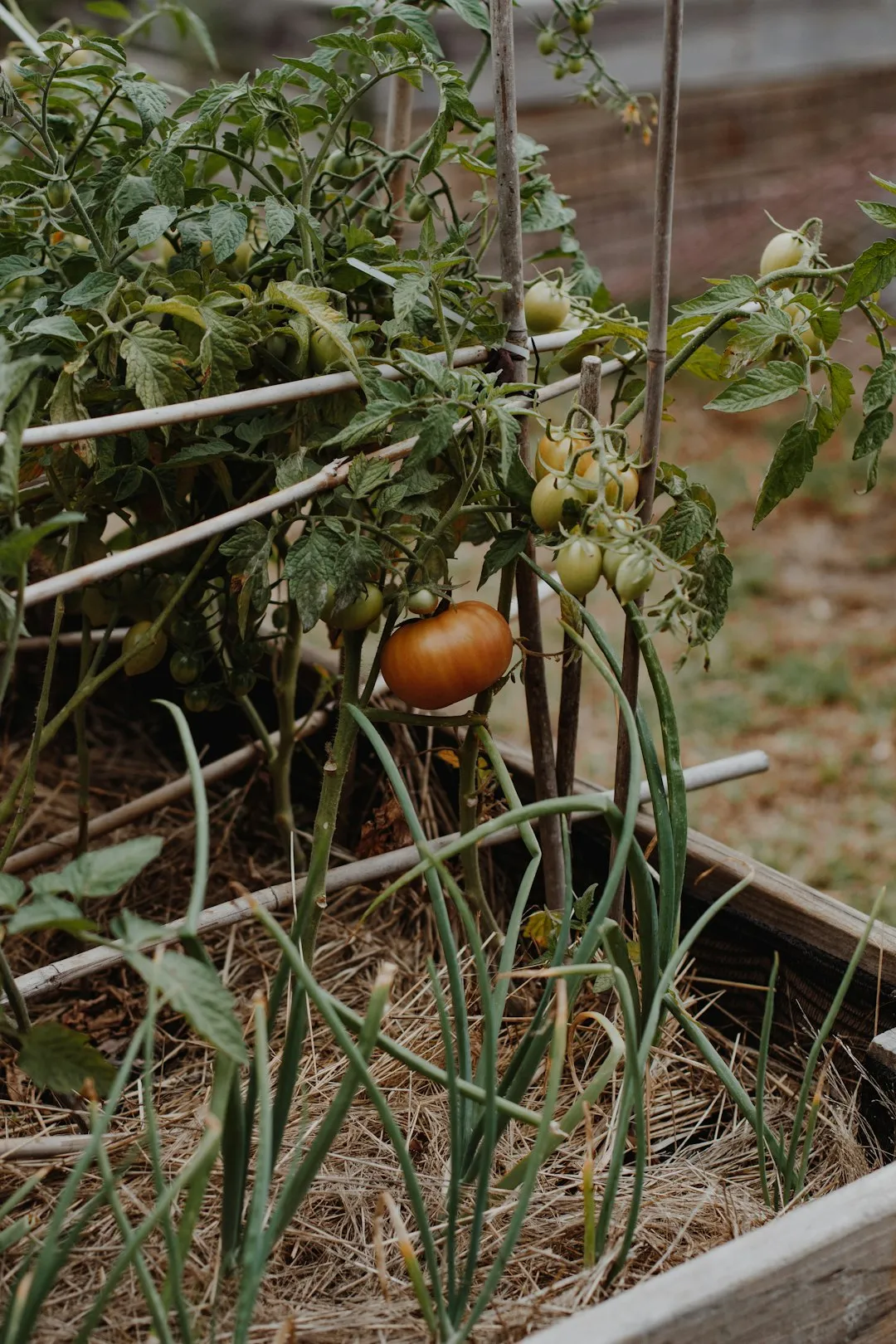The Enchanting World of Spring - Blooming Lilacs

Spring is a magical season, a time when nature awakens from its winter slumber and bursts forth with a riot of colors and scents. Among the many wonders of spring, the lilac bushes stand out as true gems. These spring - blooming lilac bushes are not only beautiful to behold but also possess an amazingly fragrant aroma that can transform any garden into a sensory paradise.
Lilacs belong to the genus Syringa and are part of the olive family, Oleaceae. There are numerous species and cultivars of lilacs, each with its own unique characteristics. The most common types include the common lilac (Syringa vulgaris), which is known for its large, showy flower clusters, and the Persian lilac (Syringa persica), which is more compact and has a delicate, airy appearance.
One of the most captivating features of lilac bushes is their flowers. The blossoms come in a wide range of colors, from the classic shades of purple and lavender to pink, white, and even yellow. The flower clusters, or panicles, can be quite large, sometimes reaching up to a foot in length. Each individual flower is small and tubular, with four petals that are arranged in a star - like shape. When in full bloom, the lilac bushes are covered in a mass of these beautiful flowers, creating a breathtaking sight.
The fragrance of lilacs is perhaps their most distinctive trait. It is a sweet, heady scent that is both floral and slightly spicy. The aroma can carry on the breeze for quite a distance, attracting bees, butterflies, and other pollinators. In fact, lilacs are an important source of nectar for many beneficial insects, making them a valuable addition to any garden ecosystem. The fragrance also makes lilacs a popular choice for cut flower arrangements. A vase filled with lilac blossoms can fill a room with its delightful scent, bringing the beauty of the outdoors inside.
When it comes to growing lilac bushes, they are relatively easy to care for. They prefer full sun, at least six hours of direct sunlight per day, and well - drained soil. Lilacs are also quite hardy and can tolerate a wide range of soil types, as long as the soil is not waterlogged. It is important to plant lilacs in a location where they have plenty of space to grow, as they can become quite large over time. Pruning is also an important part of lilac care. Pruning should be done immediately after the flowers have faded, as lilacs set their flower buds for the following year soon after blooming. This will help to keep the bushes healthy and encourage more abundant flowering.
In addition to their beauty and fragrance, lilacs have a rich cultural history. They have been cultivated for centuries and are often associated with love, romance, and renewal. In many cultures, lilacs are used in weddings and other special occasions as a symbol of purity and happiness. They have also inspired many poets, artists, and writers throughout history. For example, the famous American poet Walt Whitman wrote about lilacs in his poem “When Lilacs Last in the Dooryard Bloom”d, using them as a symbol of mourning and remembrance.
Lilac bushes can also be combined with other trees, shrubs, and vines in the garden to create a more diverse and interesting landscape. They look particularly beautiful when planted alongside early - blooming bulbs such as tulips and daffodils, which provide a splash of color before the lilacs start to bloom. Vines such as clematis can be trained to grow up the lilac bushes, adding an extra layer of visual interest. And other shrubs like forsythia, with its bright yellow flowers, can create a stunning contrast when planted near lilacs.
In conclusion, spring - blooming lilac bushes are a wonderful addition to any garden. Their beauty, fragrance, and cultural significance make them a truly special plant. Whether you are an experienced gardener or just starting out, consider adding a lilac bush or two to your outdoor space. You will be rewarded with years of enjoyment as you watch these magnificent plants come to life each spring, filling your garden with their beauty and sweet scent.